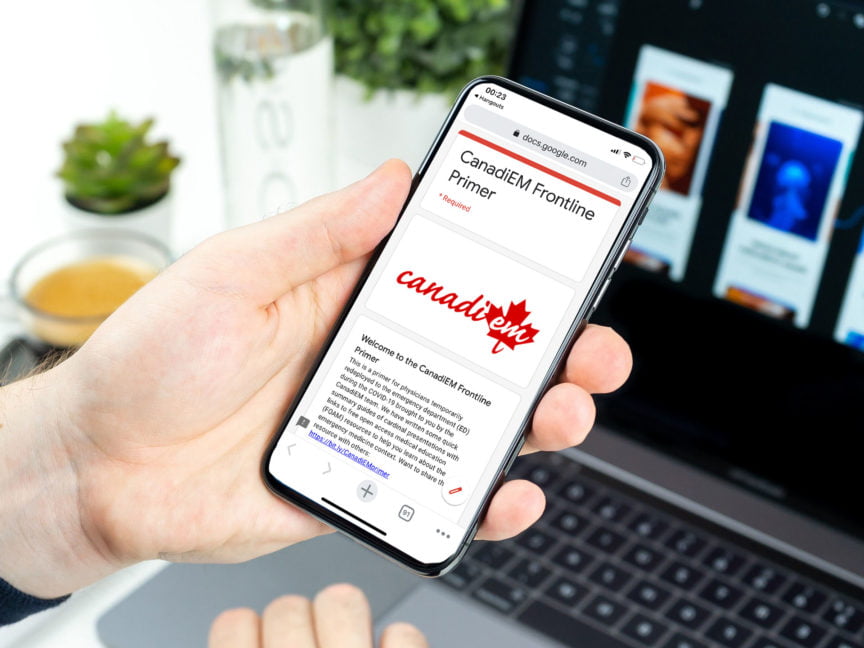Common Wrist & Forearm Fractures
Radius
- Overview
- Colles Distal Radius Fracture
- Barton Distal Radius Fracture
- Smith Distal Radius Fracture (a.k.a. reverse Colles)
Both Bones
- Overview
- Galeazzi Fracture+Dislocation
- Essex Lopresti Fracture+Dislocation
- Radial Head Fracture
- Radial Neck Fracture
- Monteggia (“Nightstick”) Fracture+Dislocation
Ulna
Common Hand Fractures
Carpal Bones
Metacarpal Bones
- Bennet Fracture – Thumb
- Pseudo-Bennet Fracture+Dislocation – Thumb
- Rolando Fracture
- Boxer’s Fracture – 4th and 5th metacarpal
Humerus Fractures
Humerus
Elbow
Pediatric Elbow
Supracondylar (surgical – call pediatric orthopedic surgeon)
Knee Fractures
- Tibial Plateau Fracture
- Patellar Fracture
- Segond Fracture (avulsion of the lateral tibial plateau, 75% cases associated with ACL tear)
- ACL Avulsion Fracture
- PCL Avulsion Fracture
Ankle Fractures
- Overview
- Bimalleolar Fracture
- Trimalleolar Fracture
- Pilon Fracture (Distal Tibia)
Pediatric & Adolescent Fracture Patterns
Management of Common Fractures
Core Principles
- Ensure pulses are present (and hopefully symmetric) – if absent or grossly asymmetric, may need emergent reduction
- Ensure sensation is present – if none, may need urgent reduction
- Check for compartment syndrome.
- Splint for comfort until reduction can be completed
- Consider hematoma blocks if possible, since during COVID-19 we want to minimize need for sedation (which may require Bag-Valve Mask Ventilation).
- Recheck for compartment syndrome, pulses, and sensation following splinting and document.
General Rules of Reduction
- Look at contralateral anatomy for reference points.
- Apply analgesia, sedation, or block.
- Inline traction
- Exaggerate the initial injury (don’t go crazy with this step please).
- Continue inline traction, replace bones to initial location
- Have an assistant wrap and splint while you hold the reduction.
- Provide a mould with your palms not fingers as plaster hardens.
Splinting
Plaster is easier for the rookie to use and is preferred by most orthopaedic residents. Prefabricated fibreglass splints will not mould well and don’t hold a reduction for long. When in doubt use plaster.
Who Needs Surgery
Here are some general rules about individual who might require urgent or emergent surgical attention:
Open Fractures
Reductions that have persistent angulation
Articular steps post-reduction greater than 2 mm
Highly comminuted fractures
Fractures where length, alignment, and rotation cannot be restored.
Patients who otherwise cannot go home.
Splinting Guides
EMRA Overview of Splinting Techniques (Click for link)
Splinting Basics from “EM in 5”
Splint like a Pro – FOAM from EM:RAP
Recommended reading, videos, and podcasts
Common Fractures
- Northwestern University Emergency Medicine Ortho Teaching Files
- EM Cases Orthopedics Collection (Featuring Dr. Arun Sayal from CASTED course and others)
Would you like to read more MSK topics? Read about joint pain, or extremity soft tissue pathologies.
This is part of the CanadiEM Frontline Primer. An introduction to the primer can be found here. To return to the Primer content overview click here.
This post was copyedited and uploaded by Evan Formosa.




